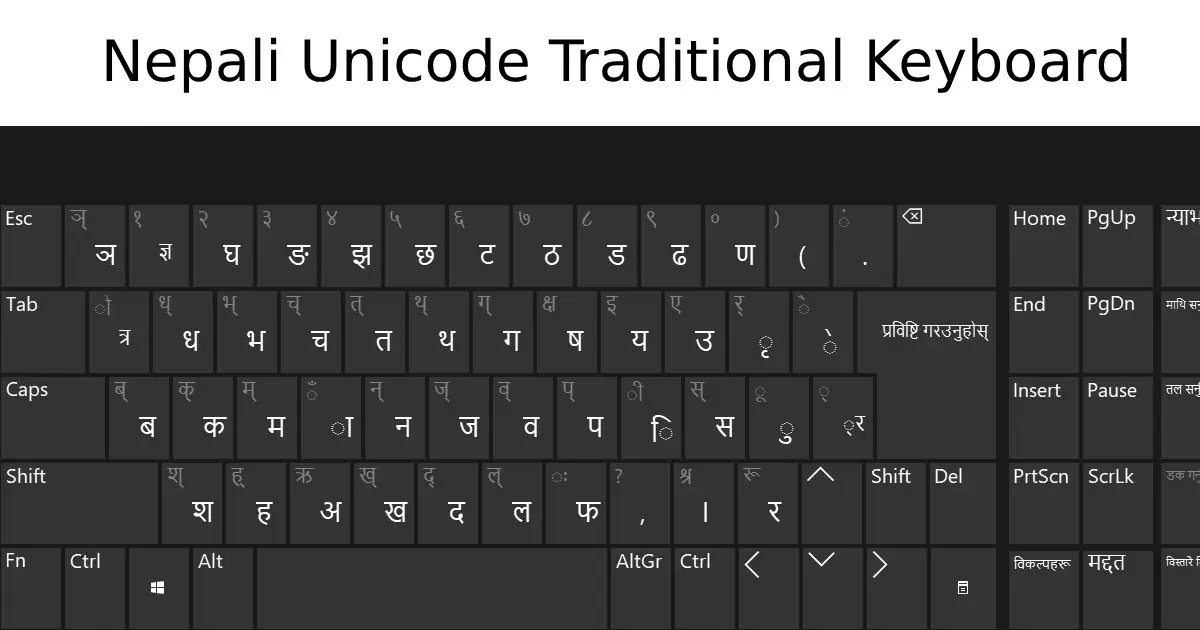Exploring Nepali Unicode Traditional
Nepali Unicode Traditional refers to the standardized encoding system for representing text in the Nepali language using the Devanagari script. It facilitates the digital representation of Nepali text across various software applications, websites, and digital platforms. Here’s an overview of Nepali Unicode Traditional, its features, and its significance in digital communication.
What is Nepali Unicode Traditional?
Nepali Unicode Traditional is a character encoding standard that assigns a unique numeric code to each character in the Nepali alphabet, including consonants, vowels, numerals, and special characters. This encoding scheme ensures uniformity and compatibility in displaying Nepali text across different devices and software applications.
Features of Nepali Unicode Traditional
- Unicode Standard: Nepali Unicode Traditional adheres to the Unicode standard, ensuring compatibility with international encoding standards and interoperability across various platforms and systems.
- Comprehensive Character Set: It includes all characters required for writing in the Nepali language, including consonants, vowels, conjuncts, punctuation marks, numerals, and special symbols.
- Text Rendering: Nepali Unicode Traditional enables accurate rendering of Nepali text in digital environments, ensuring correct display of complex characters, ligatures, and diacritics inherent in the Devanagari script.
Significance of Nepali Unicode Traditional
- Language Preservation: Nepali Unicode Traditional plays a crucial role in preserving the Nepali language in digital form, allowing users to create, share, and consume Nepali content online without losing linguistic integrity.
- Accessibility: By standardizing the encoding of Nepali text, Unicode Traditional ensures accessibility for Nepali speakers worldwide, regardless of the device or software they use, promoting inclusivity and linguistic diversity.
- Global Communication: Nepali Unicode Traditional facilitates global communication in Nepali by enabling users to exchange text-based information seamlessly across borders, transcending geographical and linguistic barriers.
Adoption and Usage
Nepali Unicode Traditional is widely adopted and utilized in various digital platforms and applications, including word processors, web browsers, social media platforms, and messaging apps. Its use has become ubiquitous in online content creation, education, journalism, business communication, and social networking within the Nepali-speaking community.
Conclusion
Nepali Unicode Traditional serves as the backbone of digital communication in the Nepali language, providing a standardized encoding system for representing Nepali text in the digital realm. By ensuring compatibility, accuracy, and accessibility, it empowers Nepali speakers to express themselves effectively and participate in the global digital landscape while preserving their linguistic heritage and identity.

